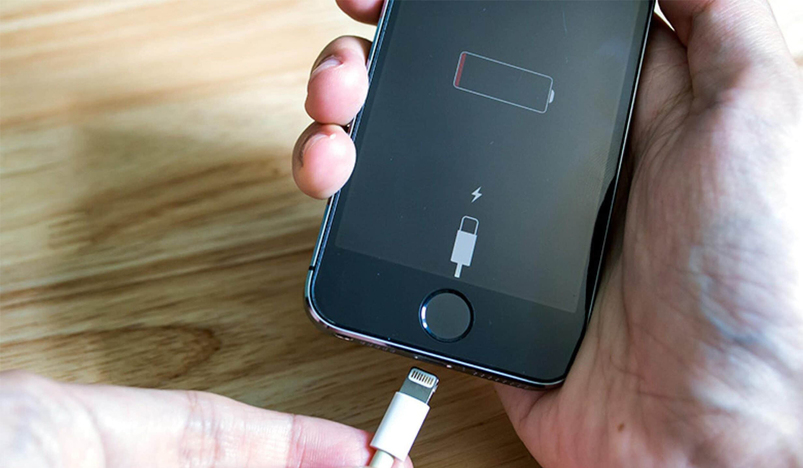
Smartphone charger
Monash University is claiming its lithium-sulfur battery is the world's most efficient and capable of allowing an electric car to travel over 600 miles between charges.
Lithium-ion battery performance continues to improve at a snail's pace, but a replacement may be just around the corner offering massive gains. Rather than lithium-ion this new battery is lithium-sulfur, and it could power your smartphone for five days on a single charge.
A team of researchers at Monash University in Australia developed what's claimed to be the most efficient lithium-sulfur (Li-S) battery in the world. The ultra-high capacity Li-S battery offers a number of advantages over lithium-ion, with the most important one being a huge increase in energy capacity. It's also very cheap to manufacture, relies on an abundant supply of material, and has less of an environmental impact.
Prototype cells of the battery have already been fabricated by the Fraunhofer Institute for Material and Beam Technology and the research team have an "approved filed patent" for the manufacturing process. Just as importantly, upscaling to mass production is already finding support from the largest manufacturers of lithium-ion batteries.
One of the major breakthroughs the team achieved was to reconfigure the design of the sulphur cathodes used in the battery to "accommodate higher stress loads without a drop in overall capacity or performance." That was achieved through inspiration by the bridging architecture used in the 1970s to process detergent powders. It also uses the same materials found in a lithium-ion battery, which bodes well for quickly shifting manufacturing over to produce the new design.
In real terms, the battery is expected to increase smartphone battery life by up to five days. When used in an electric vehicle the range available is increased to 1,000km (621 miles) between charges. We don't know when this new battery will appear in devices, but Monash University claims it's on the "brink of commercializing." Before that happens, though, further testing is set to take place this year.
.jpg)
Qatar Secures Place Among the World's Top 10 Wealthiest Nations
.jpg)
Hamad International Airport Witnesses Record Increase in Passenger Traffic

Saudi Arabia: Any visa holder can now perform Umrah

What are Qatar's Labour Laws on Annual Leave?
Leave a comment